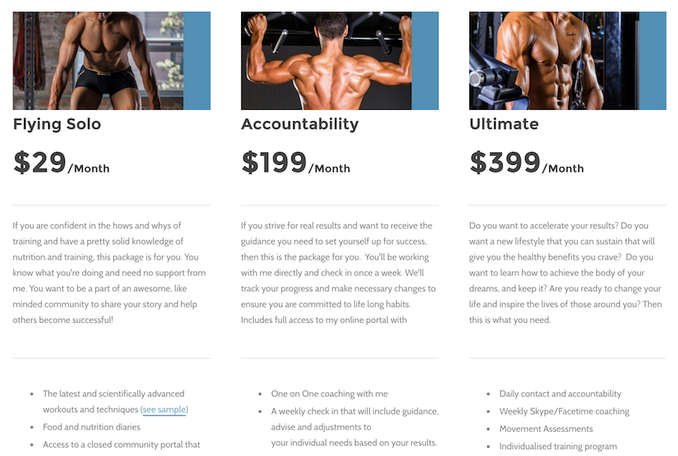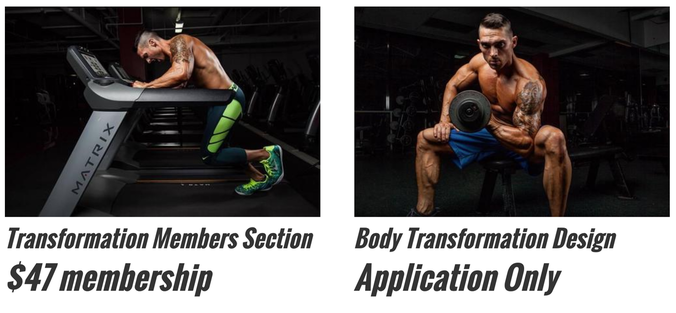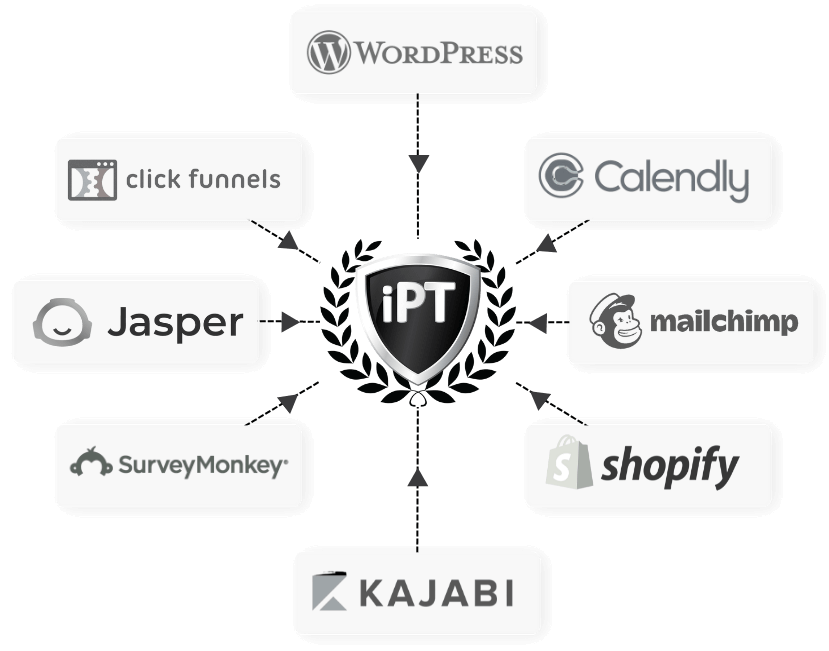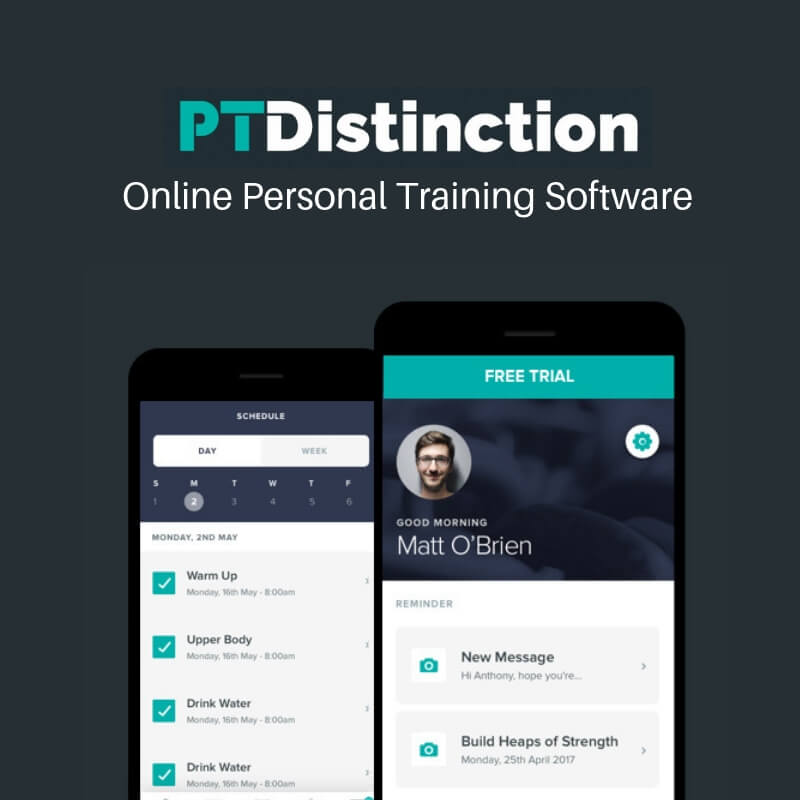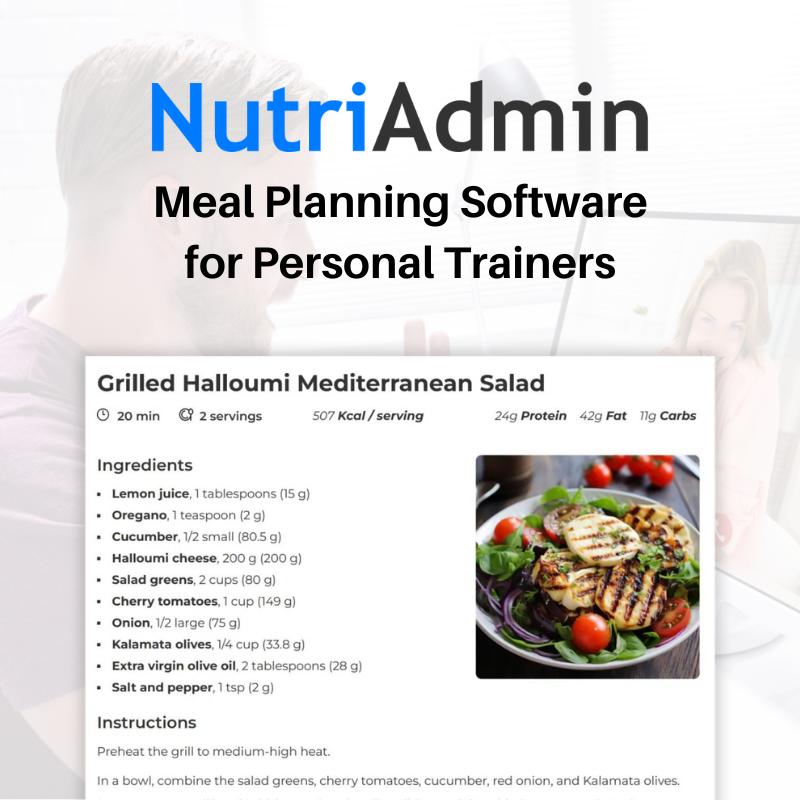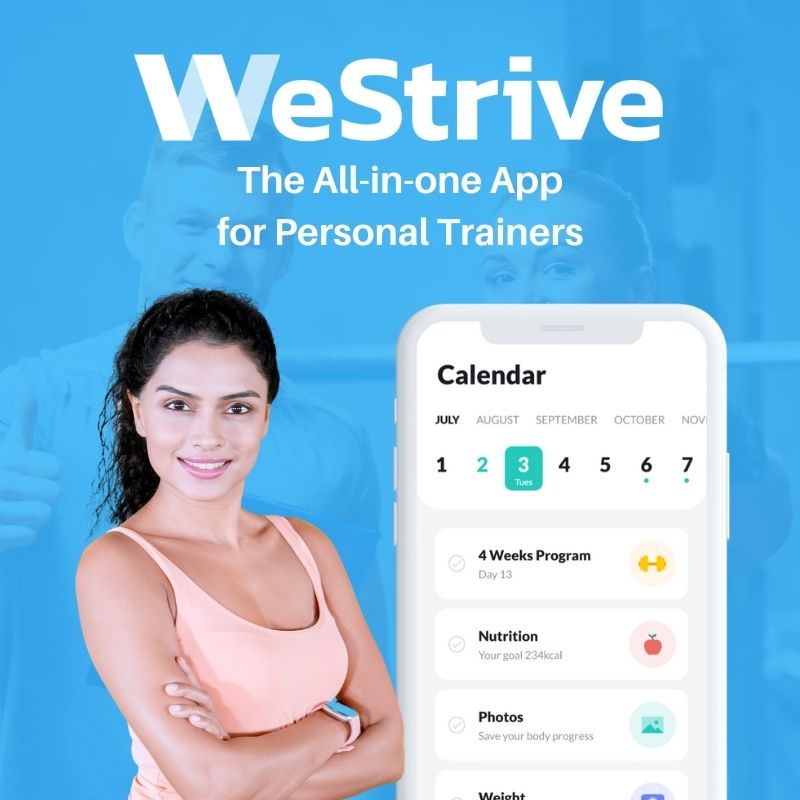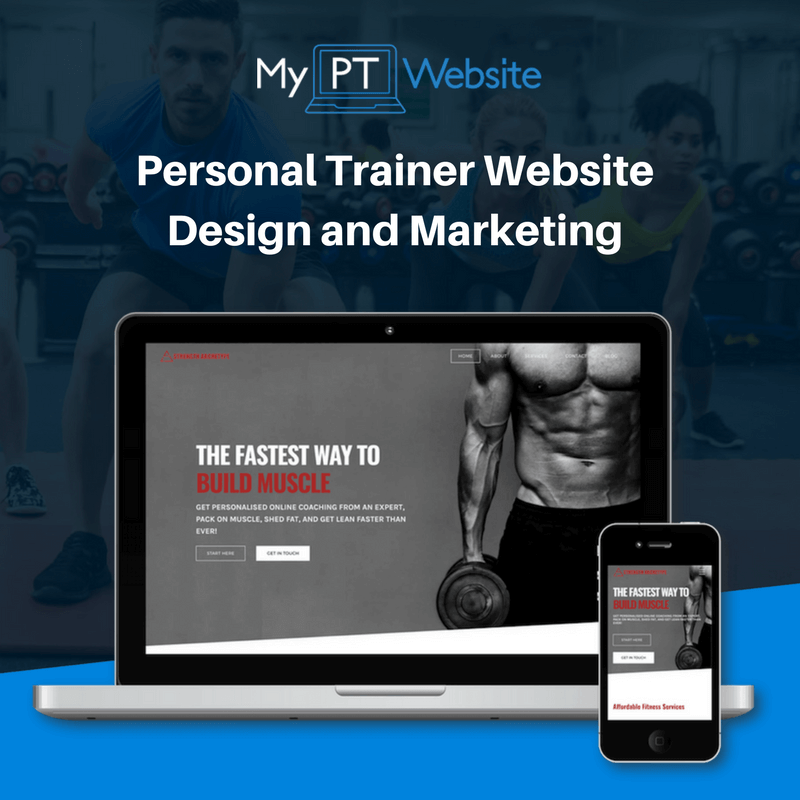Learn More About Designing Online Fitness Packages
What You'll Learn
Face to face personal training and online personal training are different animals. In this execution plan we talk about the differences between the two and how to create online personal training packages that sell.
Why is This Important?
You'll learn what the best models for online personal training are, the model you should avoid and follow a real life case study with step by step instructions to creating your own online training packages!
Face to face personal training and online personal training are different animals. In this execution plan we talk about the differences between the two and how to create online personal training packages that sell.
Why is This Important?
You'll learn what the best models for online personal training are, the model you should avoid and follow a real life case study with step by step instructions to creating your own online training packages!
Two Types of Online Training Packages
As discussed in the online training business model lesson, there are 2 main business models you can use when creating packages to become an online personal trainer. With variations inside each of them.
The difference between the two is in price point and what you are delivering. They are:
Lets explore the difference between the two, which one is likely to be right for you (if either) and the pros and cons of each.
Low End Membership Packages
The low-end membership model is more of a mass-market offering that depends on numbers.
It's scaleable and after some initial work setting it up, doesn't require a lot of ongoing work. A software like PT Distinction can help with this. Indeed, whether you have 1 client or 1,000 clients, it will be no extra work - this is the beauty of this option.
The difference between the two is in price point and what you are delivering. They are:
- Low-end membership model
- High-end coaching model
Lets explore the difference between the two, which one is likely to be right for you (if either) and the pros and cons of each.
Low End Membership Packages
The low-end membership model is more of a mass-market offering that depends on numbers.
It's scaleable and after some initial work setting it up, doesn't require a lot of ongoing work. A software like PT Distinction can help with this. Indeed, whether you have 1 client or 1,000 clients, it will be no extra work - this is the beauty of this option.
A low end membership is usually positioned behind a pay wall on your website. A client would log in to your membership area and deal mostly with you or a member of your team.
For a low end membership site to work, you need to limit the amount of time you give away, because you’ll have more people to manage than you would with high end coaching. You do this by delivering content that will help the client to achieve their goals. This content often makes up your features list, which might look something like this:
- Exercise library
- Nutritional library
- 4 Week training plan
- Healthy recipes
- 1 hour Skype Call per month
- Etc, etc.
Even though time is a limiting factor, it’s still something you need to take in to account when you’re pricing your services. Figure out how much time each client will take up and then charge accordingly.
High End Membership Packages
High end coaching often appears in two main formats. Bespoke one-on-one coaching and high end group coaching.
With bespoke 1-1 training, you’re going to be investing a lot of time and energy into someone with your expert knowledge of their problems. This means you can charge accordingly. And pricing for this type of coaching is completely up to you. My advice is to have clients pay for 6-12 weeks of coaching up front. To make real changes, you need a big commitment.
High end group coaching is a little different. It’s a bit less intimate than one-on-one coaching, which means you can often charge a bit less. But the whole premise of this type of training is to bring a small group of like minded individuals together, all with one goal in mind.
That's not all
Packages for high end group coaching should also be fixed length and based on how well you think you can solve their problems.
More often than not, you don’t need a comprehensive service pages on your website for high end coaching. It relies on referrals or excellent marketing skills to generate income.
Creating Your Online Training Packages
Despite the vast differences in price point between the high end coaching and low end membership packages, there's a pretty simple formula you can use to create low end online personal training packages that actually sell.
Start with your list of features. Features don't sell, but we need a list of features so we can more easily create a list of benefits. Benefits sell.
For example, a feature might include weekly Skype coaching. Your client knows that a Skype call will help to make them accountable so the benefit of this feature is accountability. All we're doing is removing the thought processes for the person reading your offer.
Here are some more examples:
Easy, right.
Then take your list of features and benefits and decide what a single client needs as a MINIMUM to achieve a result. Ideally, these features will take you very little time to implement.
These features will make up your low end package.
Then add on some more features, usually features that involve time and a more personalised experience. This list will make up your CORE offer.
Start with your list of features. Features don't sell, but we need a list of features so we can more easily create a list of benefits. Benefits sell.
For example, a feature might include weekly Skype coaching. Your client knows that a Skype call will help to make them accountable so the benefit of this feature is accountability. All we're doing is removing the thought processes for the person reading your offer.
Here are some more examples:
- Facebook group = Support from a community
- Exercise program = Exercise guidance, not looking silly in a gym
- Posture assessments = No more lower back pain
- Member portal = All of the knowledge a client needs in one place, less time studying
Easy, right.
Then take your list of features and benefits and decide what a single client needs as a MINIMUM to achieve a result. Ideally, these features will take you very little time to implement.
These features will make up your low end package.
Then add on some more features, usually features that involve time and a more personalised experience. This list will make up your CORE offer.
Finally, add in some premium features. Features that take up the most amount of your time and would speed up the process for your clients to achieve their goals.
Finally, add in some premium features. Features that take up the most amount of your time and would speed up the process for your clients to achieve their goals.
Pricing Your Online Training Packages
Finally, we come to the most common roadblock when creating online training packages. How to assign a monetary value to your services.
There's a pretty simple solution which we'll get to in a second, but the first thing we need to know about pricing services... is that the market decides.
The market, the people you sell to, always decide on whether your prices are too low or too high. They decide with their purchasing power. Too low and you risk being undervalued, too high and you scare most people away.
If Apple created a very cheap phone, a phone that was TOO cheap, customers would assume it was of low quality and therefore sales would dip.
If Apple created a new phone that was way too expensive, they might sell a few of them, but ultimately, the customers decide whether or not the product becomes a success.
Coincidentally, Apple have tested the market and have obtained data to define the prices they can charge for their products. And well... we all know how Apple are doing.
The Formula
Aside from the market, the price of your services is dictated by a few other things:
Sounds complex but we've created a handy online personal training package price calculator to make things easier for you:
There's a pretty simple solution which we'll get to in a second, but the first thing we need to know about pricing services... is that the market decides.
The market, the people you sell to, always decide on whether your prices are too low or too high. They decide with their purchasing power. Too low and you risk being undervalued, too high and you scare most people away.
If Apple created a very cheap phone, a phone that was TOO cheap, customers would assume it was of low quality and therefore sales would dip.
If Apple created a new phone that was way too expensive, they might sell a few of them, but ultimately, the customers decide whether or not the product becomes a success.
Coincidentally, Apple have tested the market and have obtained data to define the prices they can charge for their products. And well... we all know how Apple are doing.
The Formula
Aside from the market, the price of your services is dictated by a few other things:
- How much you want to make per month
- How many hours per month you have to invest in your business
- How much it will cost you to market your business
- How much you want to earn
- How much value you can deliver to your clients
Sounds complex but we've created a handy online personal training package price calculator to make things easier for you:
To get the best possible pricing structure for your business:
- Use the Online Training Package Price Calculator to find some rough prices.
- Create 3 pricing structures for mid level package based on the results you get from the calculator (20% lower, calculated price, 20% higher.
- Round off the numbers. For example, let's say you enter your data and the calculator tells you that you should charge $473.21/per month for your mid level package. ($475).


